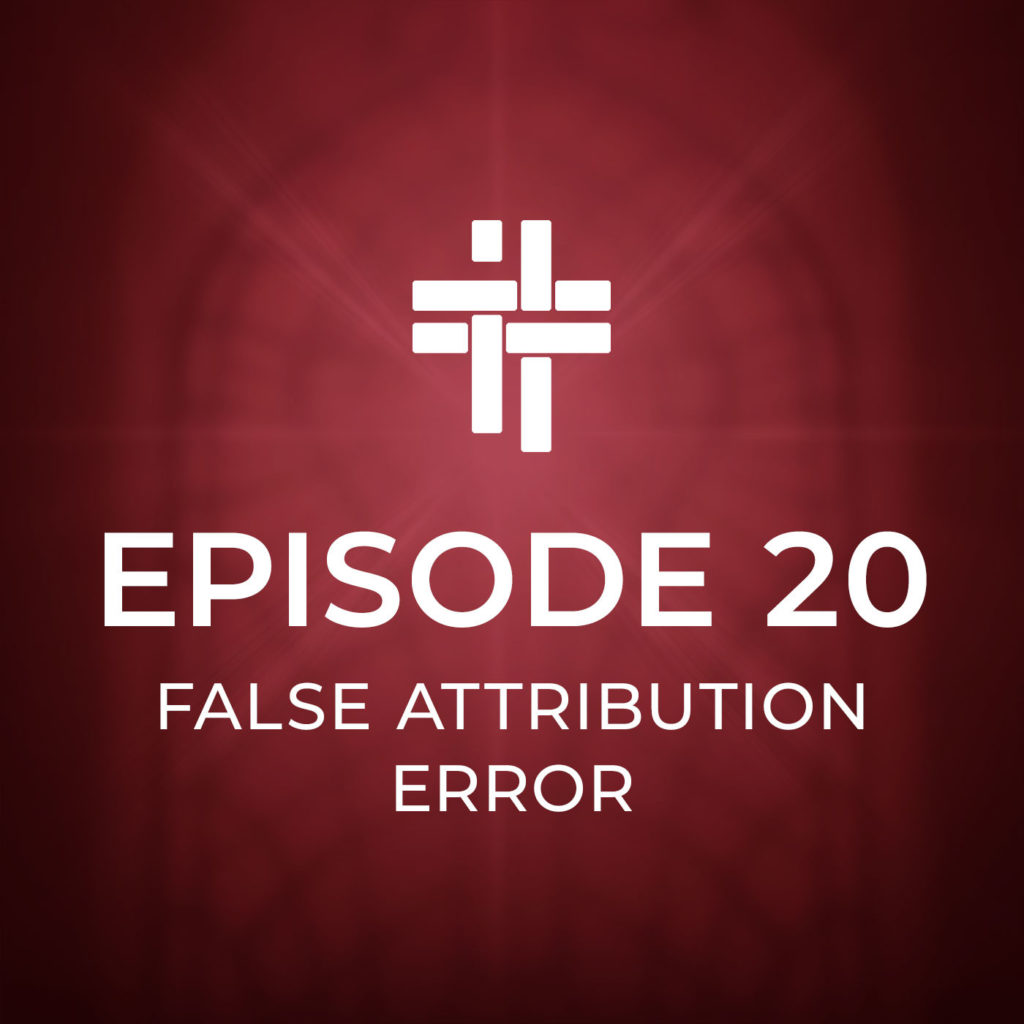When we create our inner story, we blame our trespasses on situations, on other people, or even on God. We protect our self-image. When another person crosses the line, we attribute their behavior to bad character, nasty disposition, or evil motives. During conflict, parties engage in false attributions, not knowing “why the other guy did what he did.” When parties mediate, they uncover missing information and redraft their narrative without false attributions.
Podcast: Play in new window | Download (Duration: 5:46 — 7.9MB) | Embed
Subscribe to the podcast
Credits
“Angel Share” Kevin MacLeod Licensed under Creative Commons: By Attribution 3.0 License


